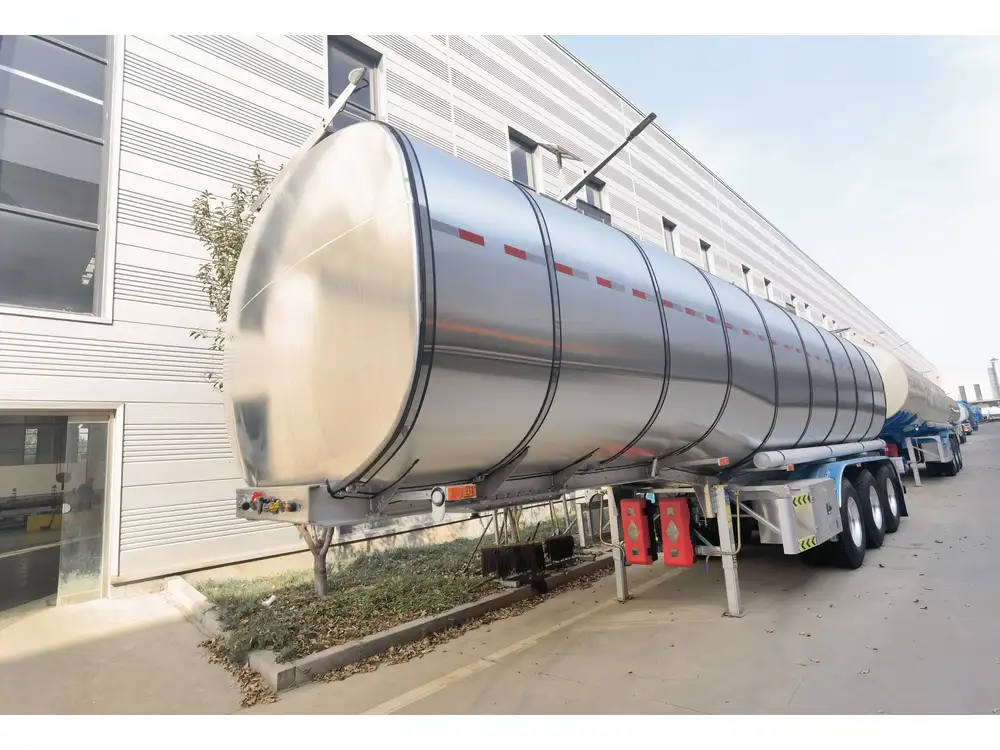In the world of programming, format specifiers play an essential role in data representation, particularly when dealing with output in various languages. However, developers often encounter a frustrating error: “a format specifier may not contain trailing whitespace.” This article digs into the intricacies of format specifiers, the implications of trailing whitespace, and practical solutions to mitigate these issues.
What Are Format Specifiers?
Format specifiers are placeholders within a string that dictate how variables should be inserted into that string. They are commonly used in languages like C, C++, Python, and Java for output formatting. The basic syntax consists of the percent sign % followed by a character indicating the type of data to be formatted, such as:
| Specifier | Description | Example |
|---|---|---|
%d | Decimal integer | printf("%d", 5); |
%f | Floating-point number | printf("%f", 3.14); |
%s | String | printf("%s", "Text"); |
%c | Character | printf("%c", 'A'); |
When formatted correctly, data can be presented in a human-readable manner.
The Significance of Whitespace in Format Specifiers
Whitespace in any programming language can lead to significant issues that may not seem immediately apparent. Trailing whitespace—spaces that occur after the format specifier but before the next argument—can cause unexpected behaviors or errors. The compiler or interpreter often does not recognize these spaces, leading to the error message: “a format specifier may not contain trailing whitespace.”

Why Is This Important?
- Readability: Code with unintended whitespace can become difficult to read and maintain.
- Debugging Complexity: Errors from whitespace can be subtle; programmers may overlook them when reading code.
- Performance Hits: Unnecessary spaces might lead to execution delays, especially in performance-sensitive applications.
Common Languages and Their Handling of Trailing Whitespace
Different programming languages have varying strictness regarding trailing whitespace. Understanding how these languages deal with such errors can aid in proper code management.
C/C++
In C and C++, trailing whitespace after a format specifier results in a compilation error. For example:
printf("%d ", 5); // This will throw an errorDevelopers must ensure that there are no spaces after the % specifier for successful compilation.

Python
Python’s string formatting is more flexible; however, trailing whitespace can still lead to confusion or unintended formatting. For instance:
print(f"{5: }") # Error: a format specifier may not contain trailing whitespaceIn Python, ensuring clean syntax without unwanted spaces is crucial for clarity.
Java
Java behaves similarly to C/C++ regarding format specifiers. The String.format method will throw an IllegalFormatFlagsException if there’s trailing whitespace:
System.out.printf("%d ", 5); // This throws an exceptionJavaScript
JavaScript generally allows flexibility in string concatenation but can produce unexpected results when using template literals with trailing spaces:
console.log(`${5 }`); // Can output "5 ", which might not be intended
Identifying and Correcting Trailing Whitespace Errors
Code Auditing Techniques
Static Code Analysis: Utilize tools such as ESLint for JavaScript or Pylint for Python to detect trailing whitespace in your code.
Code Review: Pair programming sessions or code reviews can lead to the identification of whitespace errors that may go unnoticed.
Best Practices: Adopt practices such as configuring your Integrated Development Environment (IDE) or text editor to highlight trailing spaces.
Refactoring Coders’ Mindsets
Encouraging developers to adopt a systematic approach to code writing can mitigate these errors:
- Mindful Typing: Be conscious of typing spaces; before hitting Enter, verify the absence of trailing spaces.
- Regular Clean-Up: Use formatting tools available in most modern IDEs to strip whitespace at the end of lines.

Advanced Formatting Techniques
Combining Format Specifiers Savvy
Sometimes, developers need to format strings involving multiple data types. Addressing trailing whitespace without disrupting the string’s integrity becomes imperative:
printf("Value: %d", 5); // Correct usage of format specifiersUtilizing Data Types Effectively
Be aware of how various data types may interact with format specifiers. Certain types, when misused, can introduce whitespace errors. Ensure the correct format specifier is always employed for the corresponding data type.

Handling Edge Cases
What If You Encounter the Error?
When developers see the trailing whitespace error, several immediate troubleshooting steps come into play:
Locate the Issue: Analyze the line of code indicated in the error message.
Trim Whitespace Programmatically: Utilize functions such as
trim()in JavaScript andstrip()in Python:- Python:
my_string = " Hello World " clean_string = my_string.strip() print(clean_string) # Outputs: "Hello World"
- Python:
Refactor as Necessary: As a last resort, refactor the code to mitigate the conditions under which these errors occur.
Recognizing Patterns
Developers should aim to identify patterns in their coding habits that may lead to trailing whitespace. Keeping track of these patterns can assist in cultivating better coding practices that mitigate issues over the long term.

Testing and Validation
After ensuring that format specifiers are free from trailing whitespace, it is essential to validate and test the code to confirm that desired behaviors are achieved:
| Test Scenario | Expected Outcome | Result |
|---|---|---|
| Formatting an integer with no extra space | Output: Value: 5 | Pass |
| Adding trailing whitespace deliberately | Error thrown from compiler or runtime | Fail |
| Converting a string without trimming | Output with spaces retained | Investigate |
Final Thoughts
Addressing the error “a format specifier may not contain trailing whitespace” is paramount in ensuring clean, efficient code. Mastery of format specifiers not only enhances data presentation but also prevents potential pitfalls in programming practices. By understanding the nuances of formatting, adopting structured coding techniques, and utilizing effective testing strategies, developers can greatly improve code quality and reduce obscure errors related to trailing whitespace.
With these insights and actionable guidelines, we hope your programming journey becomes more efficient and free from whitespace-related issues.



